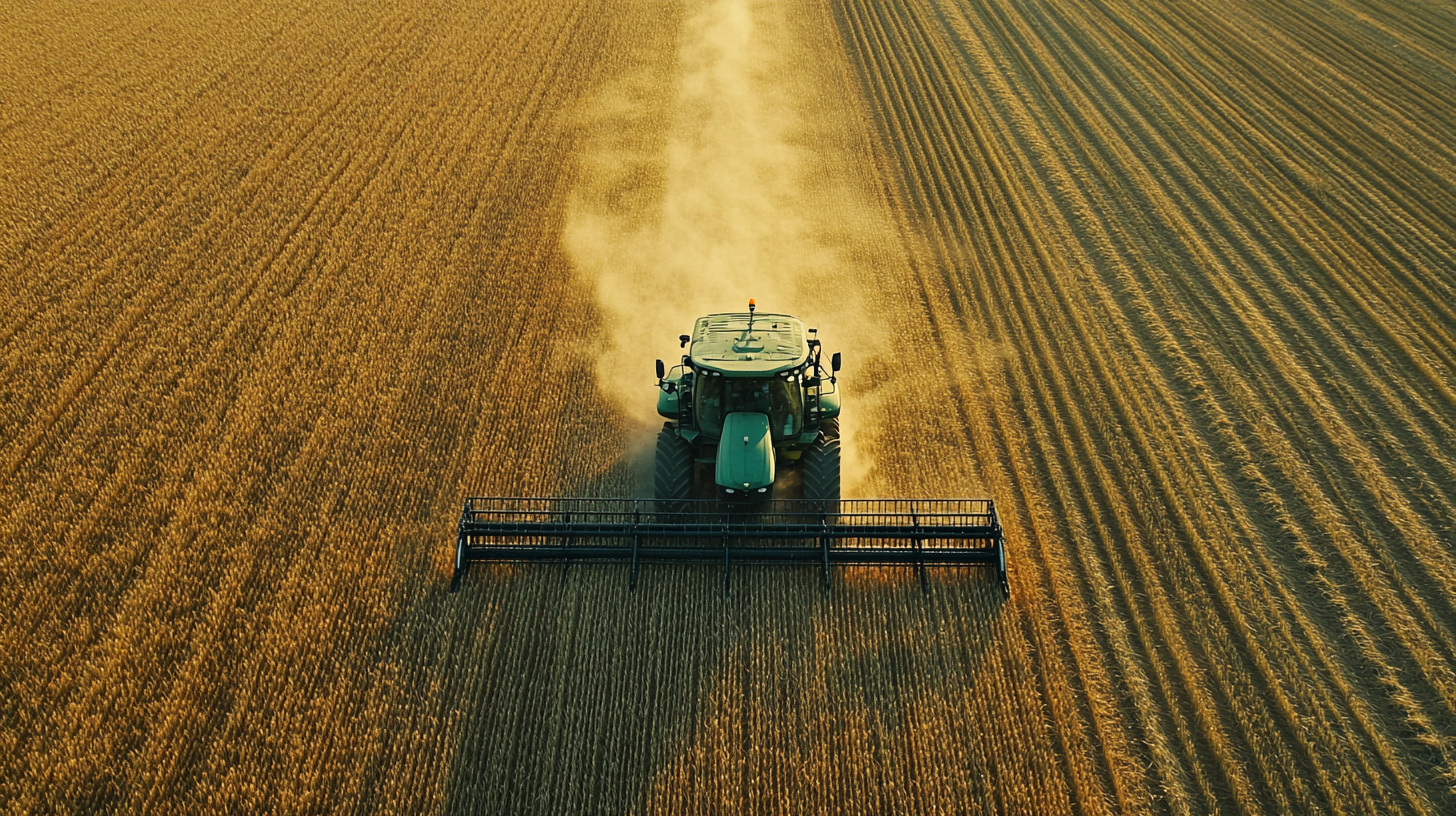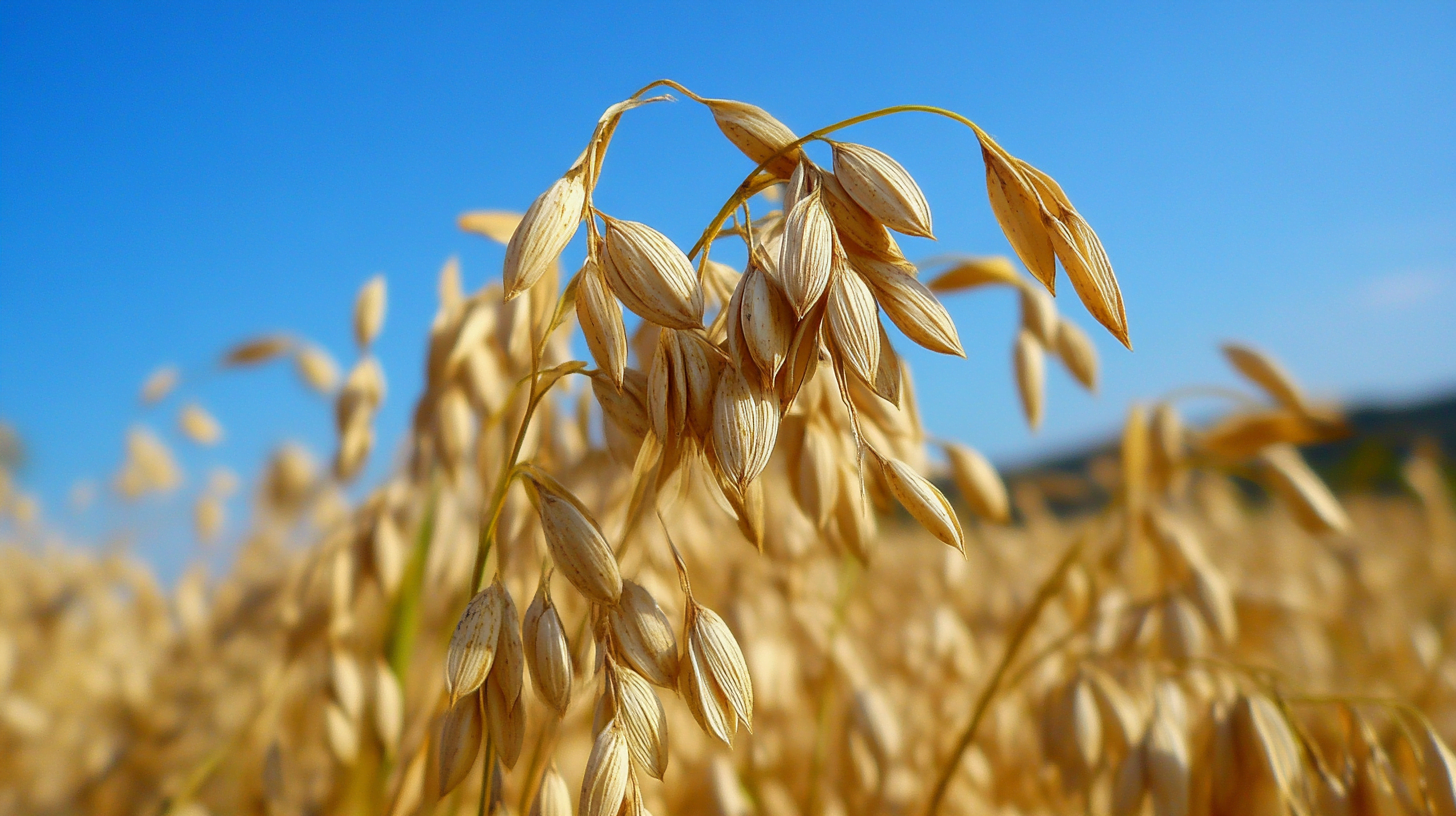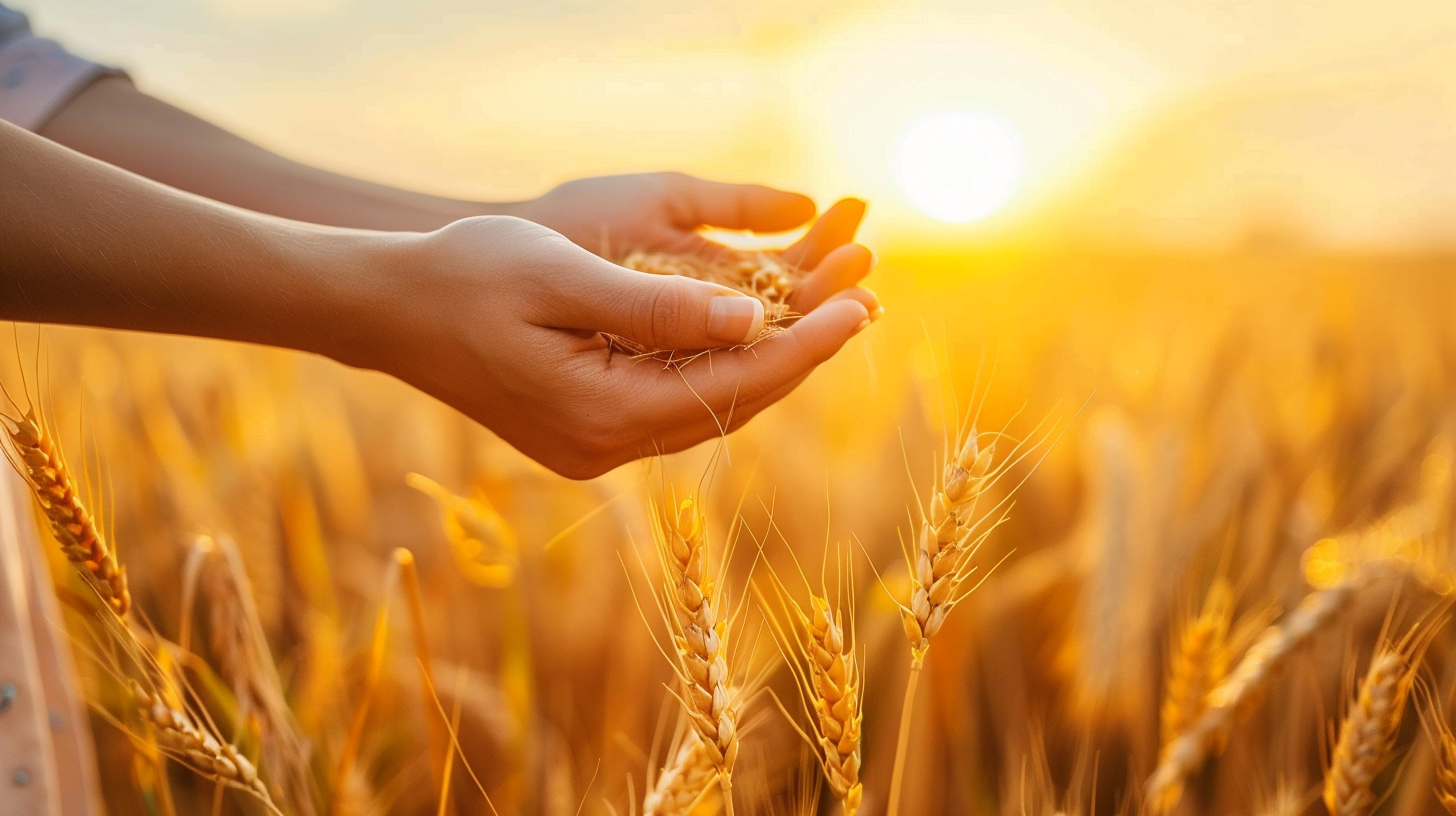Table of Contents
Rye, a resilient and versatile cereal grain, plays a significant role in global agriculture. This comprehensive overview explores the current state of global rye production, delving into its cultivation, uses, and economic impact.
Understanding Rye
Rye (Secale cereale) is a grass grown extensively as a grain, cover crop, and forage crop. It’s a member of the wheat tribe (Triticeae) and is closely related to barley and wheat. Rye is known for its hardiness and ability to thrive in conditions that are challenging for other cereal crops.
Key Characteristics of Rye:
- Cold tolerance: Rye is the most winter-hardy of all small grains
- Soil adaptability: It can grow in poor, sandy, or acidic soils
- Drought resistance: Rye has a deep root system that helps it withstand dry conditions
- Rapid growth: It establishes quickly and provides early ground cover
Global Rye Production: By the Numbers
According to the latest data, global rye production stands at approximately 11.88 million metric tons (MMT) for the 2024/25 projection. This figure represents a slight increase from previous years, indicating a stable demand for rye in the global market.
Top Rye-Producing Countries
The production of rye is concentrated in certain regions, with European countries dominating the list. Here’s a breakdown of the top rye-producing countries:
- Germany: 3,132 kt (kilotons)
- Poland: Close second to Germany
- Russia: Significant producer
- Belarus: 760 kt
- Canada: 345 kt
- United States: 337 kt
- Turkey: 320 kt
- Ukraine: 230 kt
It’s worth noting that the European Union as a whole accounts for about 65% of global rye production, producing approximately 7,700 thousand metric tons.
Factors Influencing Global Rye Production
Several factors contribute to the global production of rye:
Climate and Geographical Considerations
Rye is well-suited to cooler climates and can withstand harsh winter conditions. It’s primarily grown in Eastern and Northern Europe, where it has been a staple crop for centuries. The plant’s ability to thrive in poor soils and cold temperatures makes it an ideal crop for regions with challenging agricultural conditions.
Economic Factors
The demand for rye is influenced by its various uses in food, feed, and industrial applications. While not as widely traded as wheat or corn, rye has a steady market, particularly in countries with strong traditions of rye consumption.
Agricultural Policies and Subsidies
Government policies, particularly in the European Union, can significantly impact rye production. Subsidies and crop support programs may influence farmers’ decisions to grow rye over other cereal crops.
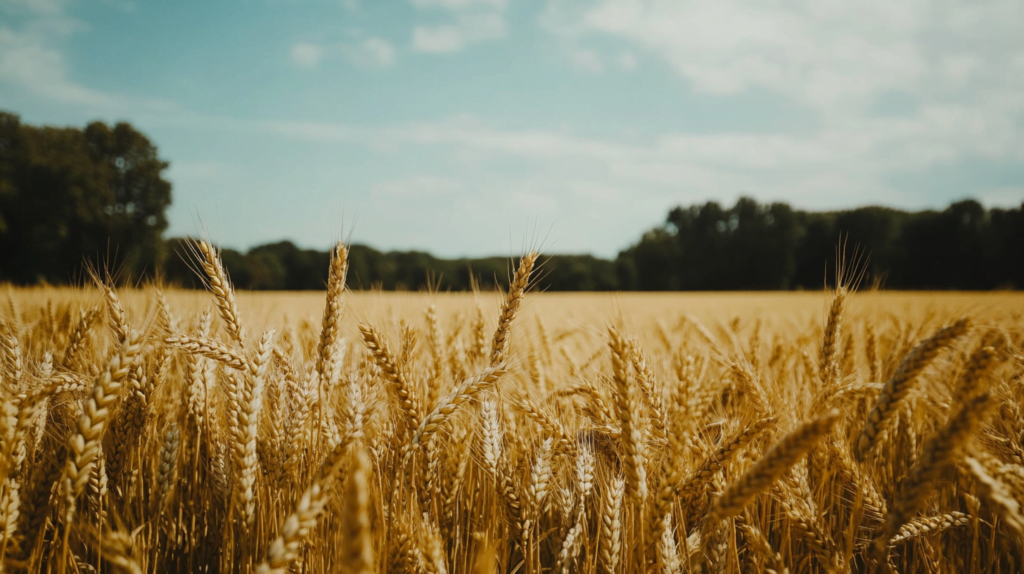
Rye Production Techniques
Successful rye cultivation requires understanding its growth stages and implementing appropriate management practices.
Key Growth Stages of Rye:
- Germination: Coleoptile emerges from the seed
- Leaf development: First leaf unfolds, up to 9 or more leaves appear
- Tillering: First tiller appears, up to maximum number of tillers
- Stem elongation: Pseudostem and tillers erect, first internode elongates
- Inflorescence emergence: Flag leaf fully unrolled, ligule visible
- Flowering: Begins at lower part of spike
- Ripening: Grain filling and maturation
Sustainable Rye Farming Practices
To maximize yield and quality, farmers employ various techniques:
- Crop rotation: Helps manage soil fertility and reduce pest pressure
- Precision agriculture: Uses technology to optimize planting, fertilization, and harvesting
- Integrated pest management: Combines biological, cultural, and chemical methods to control pests and diseases
- Conservation tillage: Reduces soil erosion and improves soil health
Uses of Rye
Rye’s versatility contributes to its continued importance in global agriculture.
Food Industry Applications
Rye is primarily used in bread-making, particularly in Northern and Eastern Europe. Rye bread is known for its dense texture and distinctive flavor. It’s also used in the production of crackers, cereals, and other baked goods.
Livestock Feed
Rye grain and straw serve as valuable feed for livestock, especially in regions where other feed crops are less abundant.
Biofuel Production
Like other cereal grains, rye can be used in the production of bioethanol, contributing to renewable energy efforts.
Cover Crop and Soil Management
Rye’s rapid growth and extensive root system make it an excellent cover crop, helping to prevent soil erosion and improve soil structure.
The Economics of Rye Production
While not as globally traded as wheat or corn, rye holds a significant place in certain regional economies.
Global Rye Market Value
The global rye market, while smaller than other cereal markets, remains stable. Exact figures vary, but the market is valued in the hundreds of millions of dollars annually.
Price Trends and Projections
Rye prices can be volatile, influenced by factors such as weather conditions, global grain stocks, and demand from key importing countries. However, the relatively stable production levels suggest a balanced supply-demand relationship.
Comparing Rye Production to Other Grains
To put rye production in perspective, let’s compare it to other major cereal crops:
| Crop | Global Production (Million Metric Tons) |
|---|---|
| Wheat | 789.0 |
| Corn | 1,220.0 |
| Rice | 518.0 |
| Rye | 11.9 |
Note: Figures are approximate and based on recent projections
As we can see, rye production is significantly smaller than that of major cereal crops like wheat, corn, and rice. However, its importance in specific regions and its unique properties ensure its continued relevance in global agriculture.
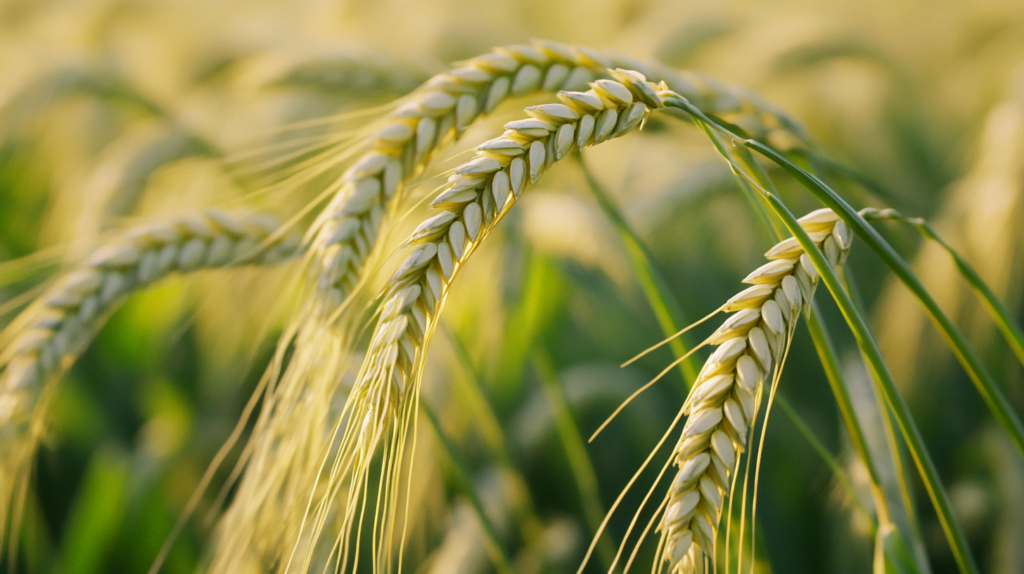
Conclusion
Global rye production, while modest compared to other cereal crops, plays a crucial role in certain regions and agricultural systems. Its resilience, versatility, and unique properties ensure its continued importance in food production, livestock feed, and environmental management. As agricultural practices evolve and climate patterns shift, rye’s adaptability may become increasingly valuable, potentially leading to expanded cultivation in new areas.
Understanding the nuances of global rye production provides valuable insights into regional agricultural practices, economic trends, and food security considerations. As we look to the future, monitoring rye production trends will offer a window into broader agricultural and environmental changes occurring worldwide.
